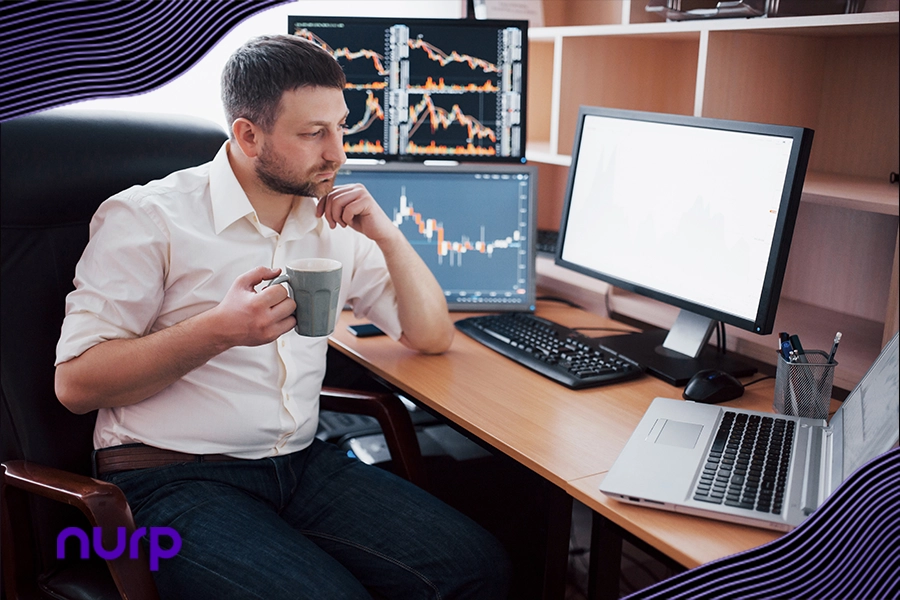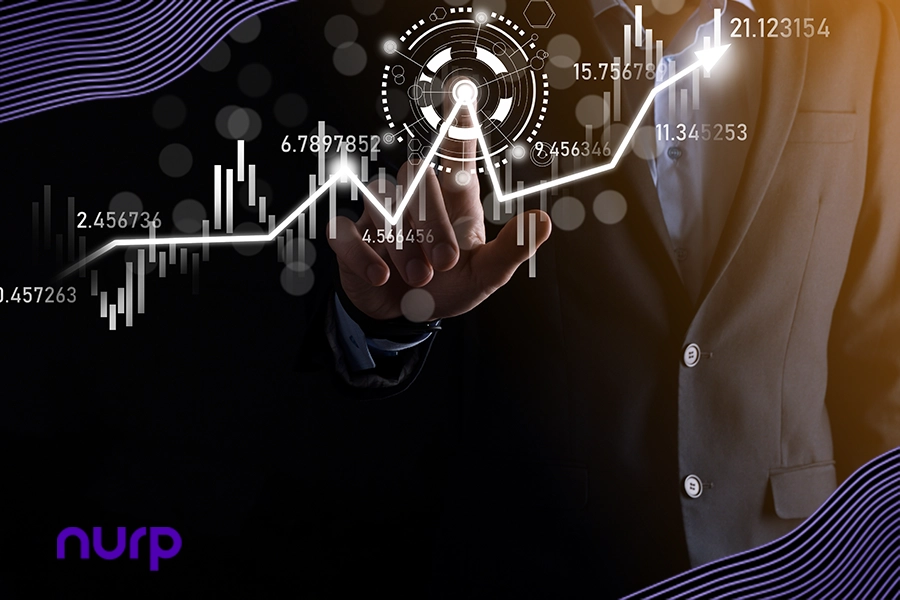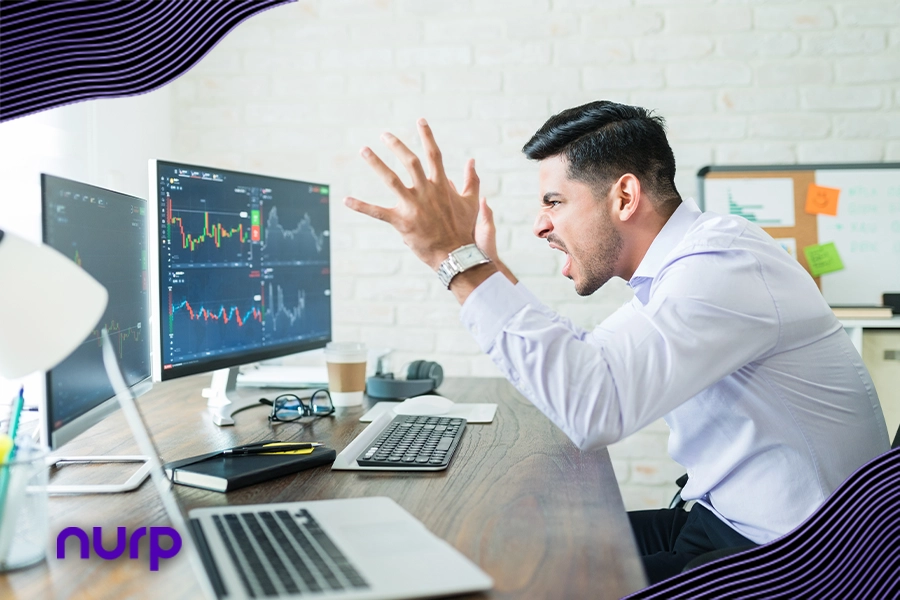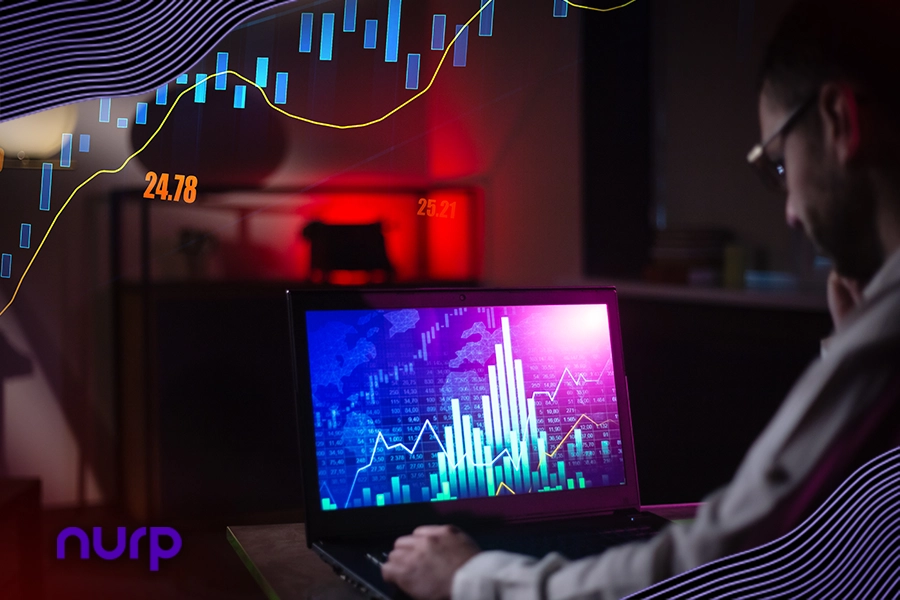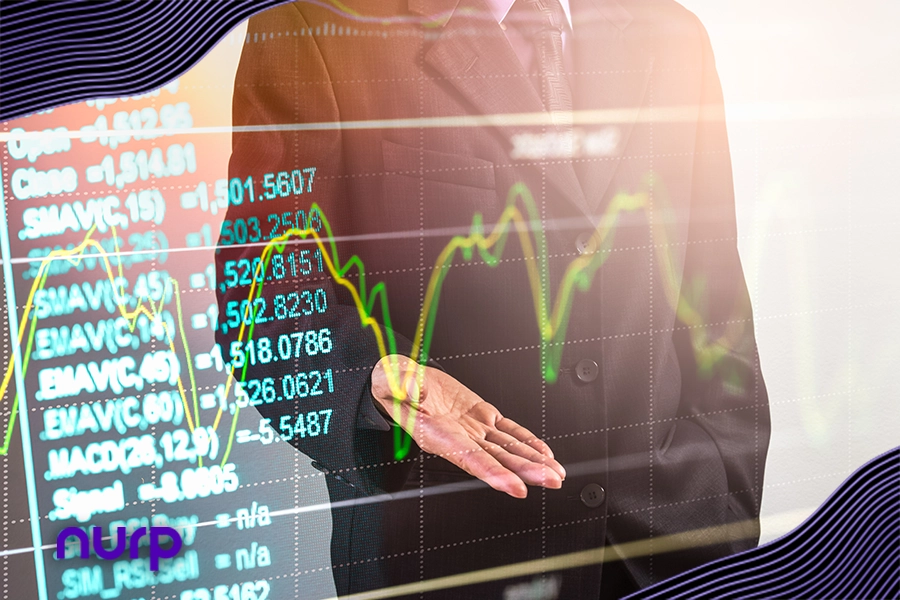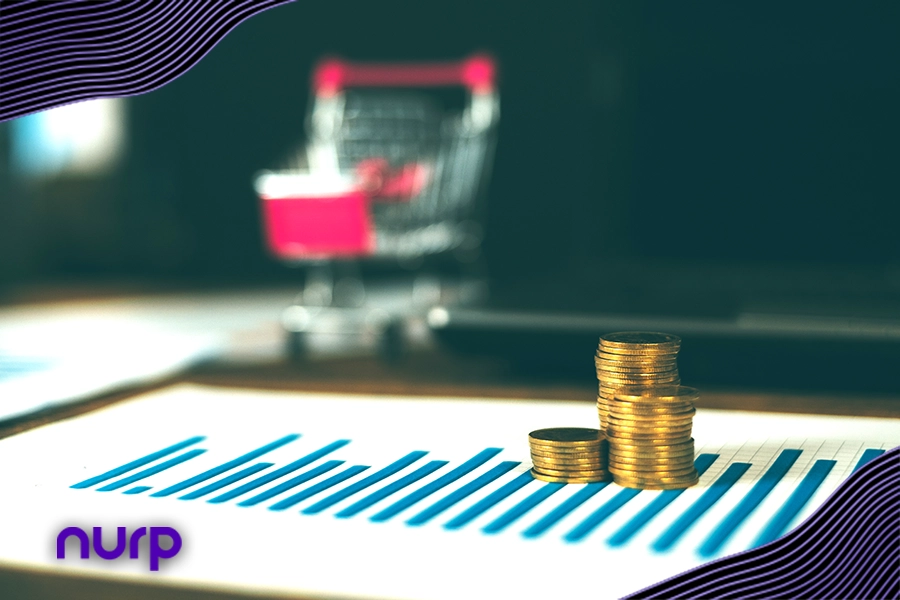Key Takeaways
Trading algorithms automate processes, making split-second decisions without human emotions or fatigue.
Technical analysis guides algorithms in identifying market opportunities while managing risks effectively.
While algorithms offer efficiency, human traders remain essential for strategy input and intervention when needed.
Forex traders are constantly seeking an edge to stay ahead of the game and make the most of every opportunity. Trading algorithms are a technological wonder that has transformed how traders approach the financial markets. But, how do trading algorithms work to achieve the outcomes they are renowned for? This article explores the magic behind trading algorithms, and how they empower traders with capabilities for lightning-fast decisions and execution efficiency.
Read More: The Silent Giants of Wall Street: How Algorithmic Trading Is Quietly Building Fortunes
What Are Trading Algorithms?
Trading algorithms are like digital assistants for traders, crunching numbers and making split-second decisions on their behalf. They are a set of rules and instructions programmed into computers to execute trading processes. From analyzing market data to executing trades, these algorithms handle it all with lightning speed.
No Human Emotions or Fatigue: How Algorithms Work
Consider a manual trader who has to stare at a screen filled with endless rows of numbers and charts. It can be overwhelming and is not exactly efficient. That’s where algorithms come in. They sift through this mountain of data, looking for patterns and trends that humans might miss. When they spot a promising opportunity, they spring into action, executing trades in milliseconds. In addition, algorithms are not influenced by emotions, providing traders with a rational and consistent approach to decision-making.
Technical Analysis and Managing Risk
At the heart of forex trading algorithms lies technical analysis. This involves studying past price movements to predict future price directions. Algorithms use a variety of indicators, like moving averages and Fibonacci retracements, to identify potential entry and exit points. In addition, algorithms also incorporate risk management techniques, such as automatically adjusting position sizes based on factors like account size and volatility, This can help traders stay within their comfort zones and avoid catastrophic losses.
A Higher Potential to Generate Profits?
At the end of the day, forex trading algorithms are all about making money moves. They analyze data, spot opportunities, and execute trades with precision and speed. However, it is important to note that they are not infallible. Markets can be unpredictable, and even the best algorithms cannot guarantee profits. This makes it essential for traders to stay informed, stay vigilant, and never stop learning.
Conclusion: The Vital Human Touch
While algorithms handle the heavy lifting, human traders still play a crucial role. They provide the initial input, fine-tune the algorithms, and intervene when necessary. It’s like a partnership between man and machine, working together to achieve trading success. Forex trading algorithms are powerful tools that offer speed and efficiency, but they are not magic wands. Success still requires skill, strategy, and a healthy dose of caution. Forex trading is inherently risky, and one should never trade with money they cannot afford to lose
The post The Magic of Forex Trading Algorithms: How They Make Money Move first appeared on Nurp.com.

